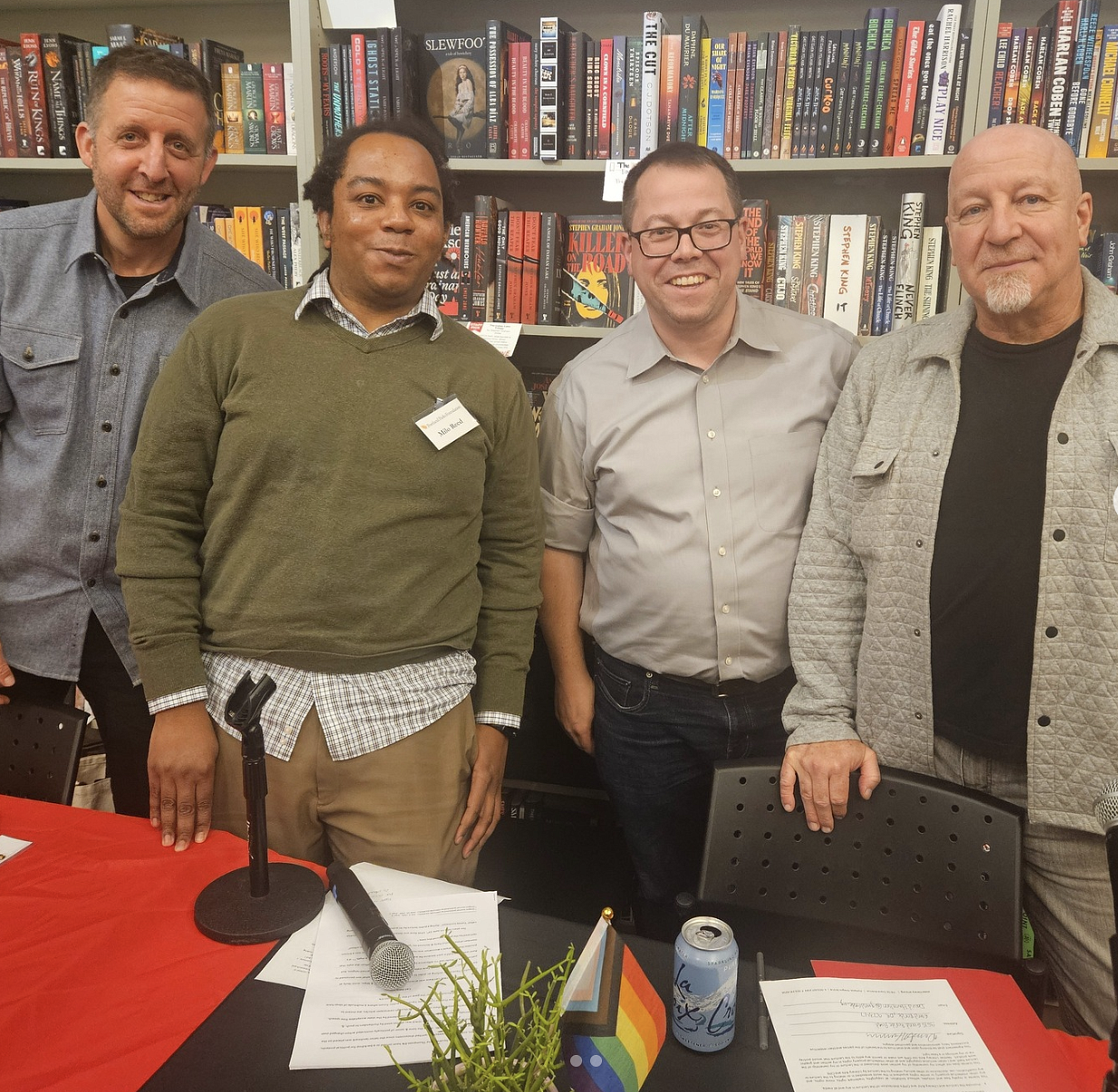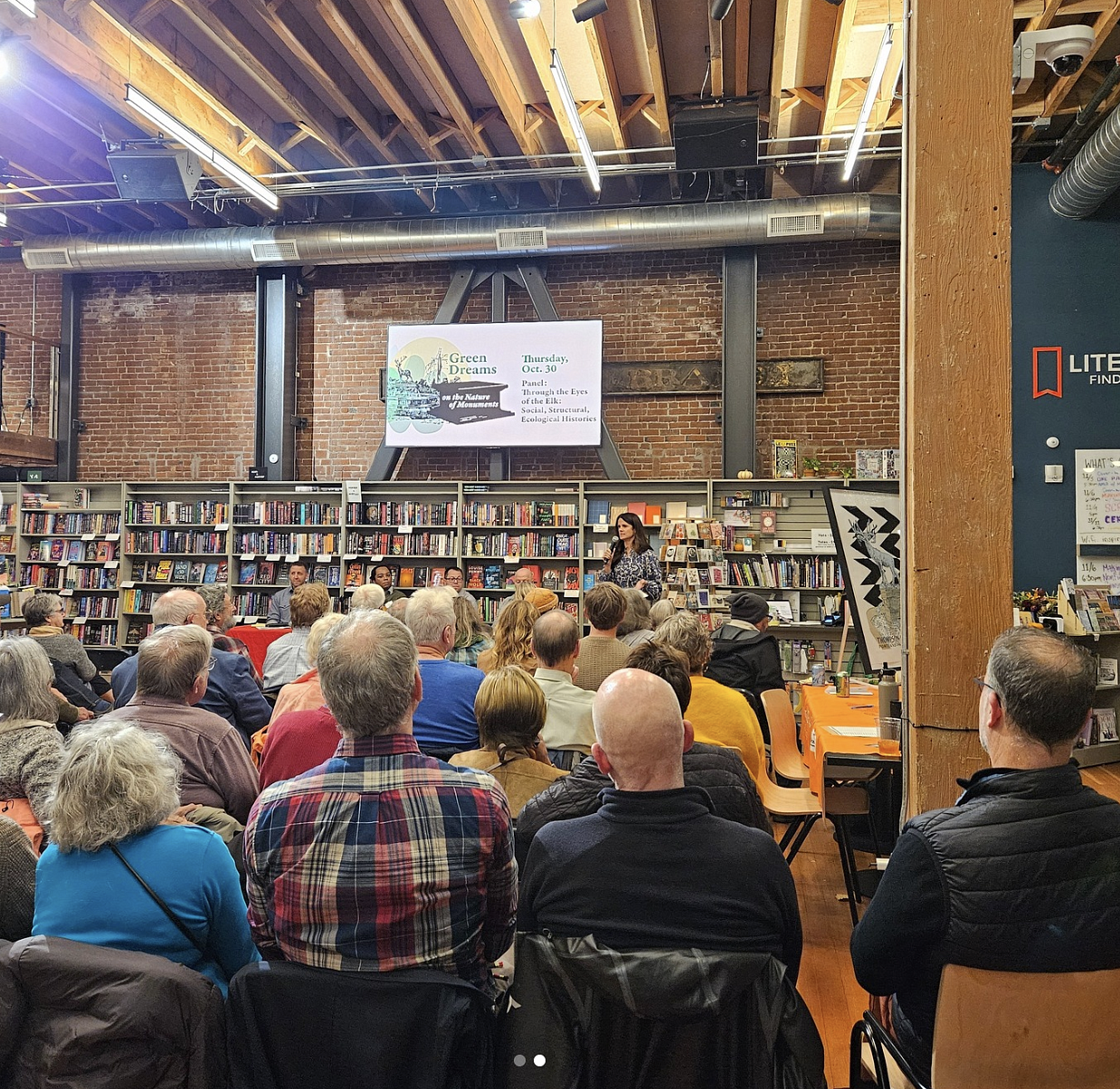All across the United States, there are examples of history and artistic expression left behind by previous generations, with communities featuring culturally significant statues, monuments, portraits, graffiti, posters, signs, architecture, and more. Some of these pieces come with a complicated history and have been at the center of periods of civil unrest, especially in recent years, as the public grapples with the history of the object. Sometimes, these historical objects act as gathering points for public activities, such as the David P. Thompson Elk Fountain in Portland, Oregon. During the 2020's downtown social unrest, the Elk Fountain was damaged and removed. The historic landmark had been a part of Portland's downtown since 1900 and featured a bronze elk sculpture resting on a granite base. Now five years removed from the event, calls for the return of the piece are being issued by the community. These requests are being answered with thoughtful discussions, such as the Green Dreams Speaker Series, hosted by the Portland Parks Foundation.

The most recent event in the series was held on October 30 and hosted about 100 Oregonians at Literary Arts. The participants were able to listen to a panel discussion with historians as they explored the social, cultural, and ecological stories surrounding the iconic elk. The Department of the History of Art and Architecture's Marion D. Ross Distinguished Professor of Architectural History, Keith Eggener, joined David Harrelson and Milo Reed for a night of storytelling. Eggener was asked to join as an expert on the "pre-history" of the statue.
"I was commissioned to write a historical report for the Portland Parks Foundation when [the statue and its fountain base] were damaged during the protests. Milo and I both wrote reports on the fountain," explained Eggener. "Milo focused on history beyond the construction of the fountain, while I focused on the people involved before and during the construction, including the donor (David P. Thompson), the sculptor, and the stone mason who built the base."
While Eggener's report for the Portland Parks Foundation led to an invitation to join the series as a panelist, his interest in the statue goes beyond the commissioned report.
"When Jason [Brown] invited me, I agreed because I care about the elk. The [panel discussion] was centered on the elk and also featured a larger conversation about monuments, specifically the role of monuments in our society, what purposes they serve, if they are still relevant, and what we should do with monuments that deliver uncomfortable information," said Eggener.
Eggener was pleased with the crowd turnout and lively personal discussions that took place towards the end of the event.

"The city has promised for years that the elk is going to be back and [this event] showed community support and interest [in making that happen]," said Eggener, "There were preservationists and architects at the event, including the prior director of the Portland Parks Foundation, Randy Gragg. Due to time constraints we were only able to give our three perspectives on the statue. This didn't allow [for a broader discussion], but we had lively personal conversations after the panel concluded."
The city of Portland will continue to prepare the area for the eventual return of the statue, with the project page on the Portland.gov website listing updates and other important construction information for the community.
